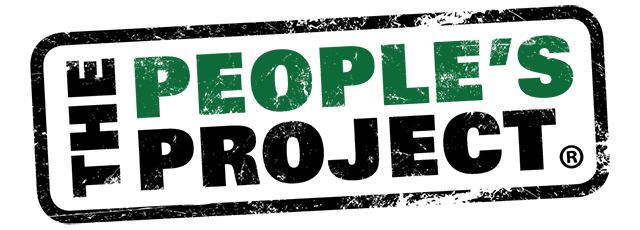Hamilton
We’ve been operating in Hamilton since August 2014. The first line of figures immediately below represent the team’s current caseload. The second larger figure below this, and the graphics following it, represents the Hamilton team’s cumulative housing outcomes from 1 August 2014 to 15 December 2022, including:
- a profile of the people we have supported into housing
- the acuity of homelessness that was experienced at the time
- the type of housing that was sourced (eg private, community or public).
In addition to the outcomes below, we’ve also provided assistance to many other people with advice and guidance to help find a home.
Current caseload
203
active clients
106
people housed
Since August 2014, our Hamilton team has supported
1,233
housing outcomes
…of the 1,233 housing outcomes
Client profile – Housed
13% Families
55% Single males
32% Single females
While single males account for over half of all the people we've worked with to date, we also work with many single females.
357
Children
These children are a part of the families we’ve worked with who now have a permanent place to call home. Many of the single people we work with also have children who are living with other family members. Often, once they have moved from homelessness to a home of their own, they are able to be reunited with their children. This means the positive impact on families and children is likely to be greater than the figures presented here.
Acuity of homelessness n = 1,297
29% Rapid rehousing (VI-SPDAT score 0 - 6)
71% Housing First, permanent, supportive housing (VI-SPDAT score 7+)
The People’s Project uses the evidence-based and validated Vulnerability Index-Service Prioritisation Decision Assistance Tool (VI-SPDAT) to triage and assess the people we work with to ensure we are supporting and prioritizing the most vulnerable people in our communities.
The questionnaire primarily relies on the self-reporting of those assessed, so it can not be influenced or manipulated by the service.
VI-SPDAT items are grouped under four subdomains: History of Housing and Homelessness, Risks, Socialization and Daily Functions, and Wellness. It may surprise you to know that questions regarding housing and homelessness make up only a very small part of the entire assessment.
At the end of this assessment the person is allocated a rating between 1 and 16.
The higher a person’s rating, the more complex the situation, and the more likely we are to need a high level of collaboration among services to work on a range of responses to the person’s needs, including, but not limited to, the type of housing they require.
Any score over 7 means the person’s level of vulnerability and complexity of needs is high.
about different types of homelessness.
Housing type
62% Private rental
29% Kāinga Ora
9% Community housing
Landlords are an incredibly important partner for us because we do not own a supply of housing. As a Housing First service, our role is to work with chronically homeless people to find a home and support them to then be a successful tenant. We work with public, private and community landlords to find rental properties for clients to live in. Nearly two-thirds of the housing stock we source for our clients is from the private rental market. Nearly one-third is from Housing New Zealand and a small number of houses are provided by community housing providers such as LinkPeople.




